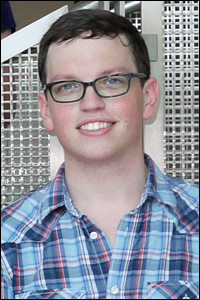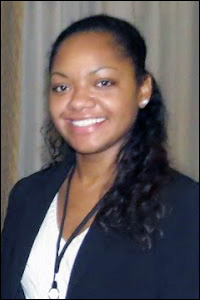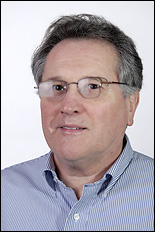News Story
Calabrese Group Featured in CEP High-Shear Mixing Story

Above: One of Calabrese's models. Velocity vectors (red=highest; blue=lowest) are shown in a rotor and stator slot (a) measured in a turbulent water flow, via 2-D Particle Image Velocimetry, as the rotor passes the stator. The stator slot flow field contains an outwardly directed discharge jet that forms when the rotor drags fluid toward the downstream stator tooth. This induces low pressure which results in fluid re-entrainment near the upstream stator tooth (b, c, d). Tangential velocities in the rotor slot are high relative to those in the recirculation region of the stator slot (c). The resulting velocity gradients create a shear layer with deformation rates that are more than twice the nominal shear rate reported by vendors. Thus, fluid does not need to pass through the gap between the rotor and stator teeth to experience high shear. Within the shear layer, an opening vortex forms (b, c) and eventually merges with a rotor tip vortex (d).
Department of Chemical and Biomolecular Engineering Professor Richard Calabrese was one of several high-shear mixing experts consulted for a feature story in the November 2007 issue of Chemical Engineering Progress (CEP), the flagship publication of the American Institute of Chemical Engineers (AIChE). He discussed his work in advanced simulation of rotor-stator mixers, including the development of the computational fluid dynamics software that drives it.
High-shear mixing, which produces emulsions (mixtures of usually unblendable substances) and dispersions (evenly-distributed particles within a medium), is used to create many products we use every day, including salad dressing, paint, cosmetics, butter, and toothpaste. Although all of these items have long been manufactured commercially, there has been less understanding of how to control the mixing process and predict the outcome. Complex material behavior and interactions, numerous variables, and inconsistent results when scaling a project from a lab to a factory setting make repeated testing a necessity and lead engineers and mixer operators to rely on experience and instinct.
Quantifying a result that reflects the more subjective qualities of a product, such as "creaminess" or "spreadability", can be a challenge. In the CEP article, Calabrese describes these issues, as well as his research group's efforts to address them by creating mathematical models that can accurately predict the behavior of materials processed by high-shear mixing equipment. As the director of the university's High Shear Mixing Research Program—a 15-member consortium including equipment manufacturers, software developers, and chemical process operators—he and his colleagues have spent years developing computational fluid dynamics software and methodologies that mixing vendors and end users can use optimize their equipment, production and products at any scale. If successful, the group's work will result in reductions of the time, consumption of materials, and equipment wear typically associated with the repeated testing a high-shear mixing system can require.
So far, Calabrese told CEP, the results are promising. The consortium is currently developing new experimental techniques for measuring flow fields and droplet sizes that will allow it to validate its models.
For more information, visit:
- Professor Calabrese's home page »
- The High Sheer Mixing Research Program home page »
- Chemical Engineering Progress »
(AIChE membership or subscription required to read articles online)
Published November 26, 2007






